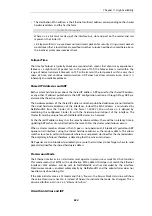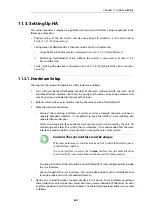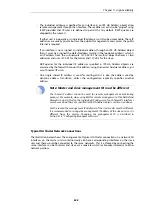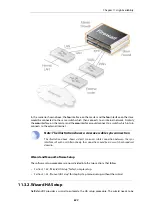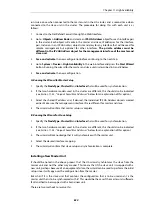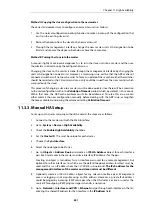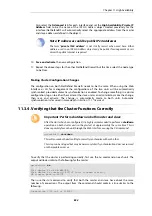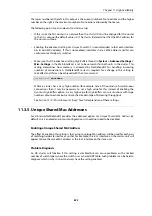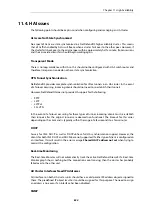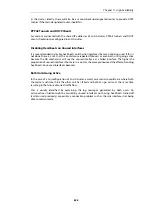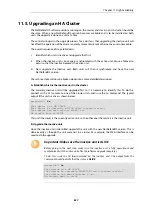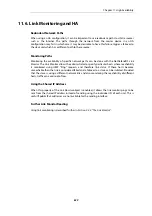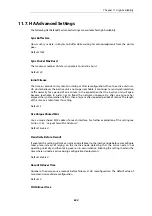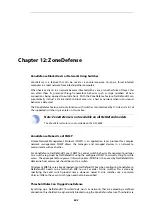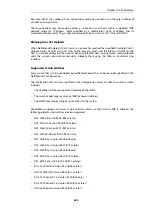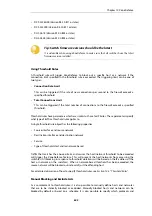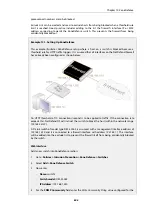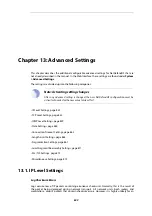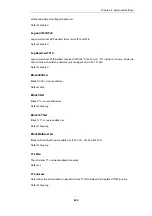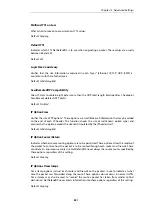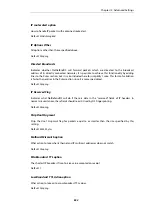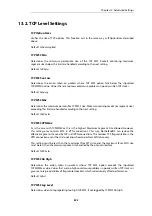
C. Cause a failover to occur
Now, connect to the active unit (which is still running the old NetDefendOS version) with a CLI
console and issue the
ha -deactivate
command. This will cause the active unit to become inactive,
and the inactive to become active.
gw-world:/> ha -deactivate
HA Was: ACTIVE
HA going INACTIVE...
To check that the failover has completed successfully, an
ha
command can be issued again and
the text "INACTIVE" and "is ALIVE" should appear in the output.
D. Upgrade the newly inactive unit
When the failover is complete, upgrade the newly inactive unit with the new NetDefendOS
version. Just like step B, this is done in the normal way as though the unit were not part of a
cluster.
E. Wait for resynchronization
Once the second software upgrade is complete, two units will automatically resynchronize and
the cluster will continue operation. The roles of active and inactive unit will have been reversed.
If it is desirable to make the active unit inactive, and the inactive unit active, the CLI command
ha
-active
can be used.
Chapter 11: High Availability
838
Summary of Contents for NetDefendOS
Page 30: ...Figure 1 3 Packet Flow Schematic Part III Chapter 1 NetDefendOS Overview 30 ...
Page 32: ...Chapter 1 NetDefendOS Overview 32 ...
Page 144: ...Chapter 2 Management and Maintenance 144 ...
Page 284: ...Chapter 3 Fundamentals 284 ...
Page 392: ...Chapter 4 Routing 392 ...
Page 419: ... Host 2001 DB8 1 MAC 00 90 12 13 14 15 5 Click OK Chapter 5 DHCP Services 419 ...
Page 420: ...Chapter 5 DHCP Services 420 ...
Page 573: ...Chapter 6 Security Mechanisms 573 ...
Page 607: ...Chapter 7 Address Translation 607 ...
Page 666: ...Chapter 8 User Authentication 666 ...
Page 775: ...Chapter 9 VPN 775 ...
Page 819: ...Chapter 10 Traffic Management 819 ...
Page 842: ...Chapter 11 High Availability 842 ...
Page 866: ...Default Enabled Chapter 13 Advanced Settings 866 ...
Page 879: ...Chapter 13 Advanced Settings 879 ...

